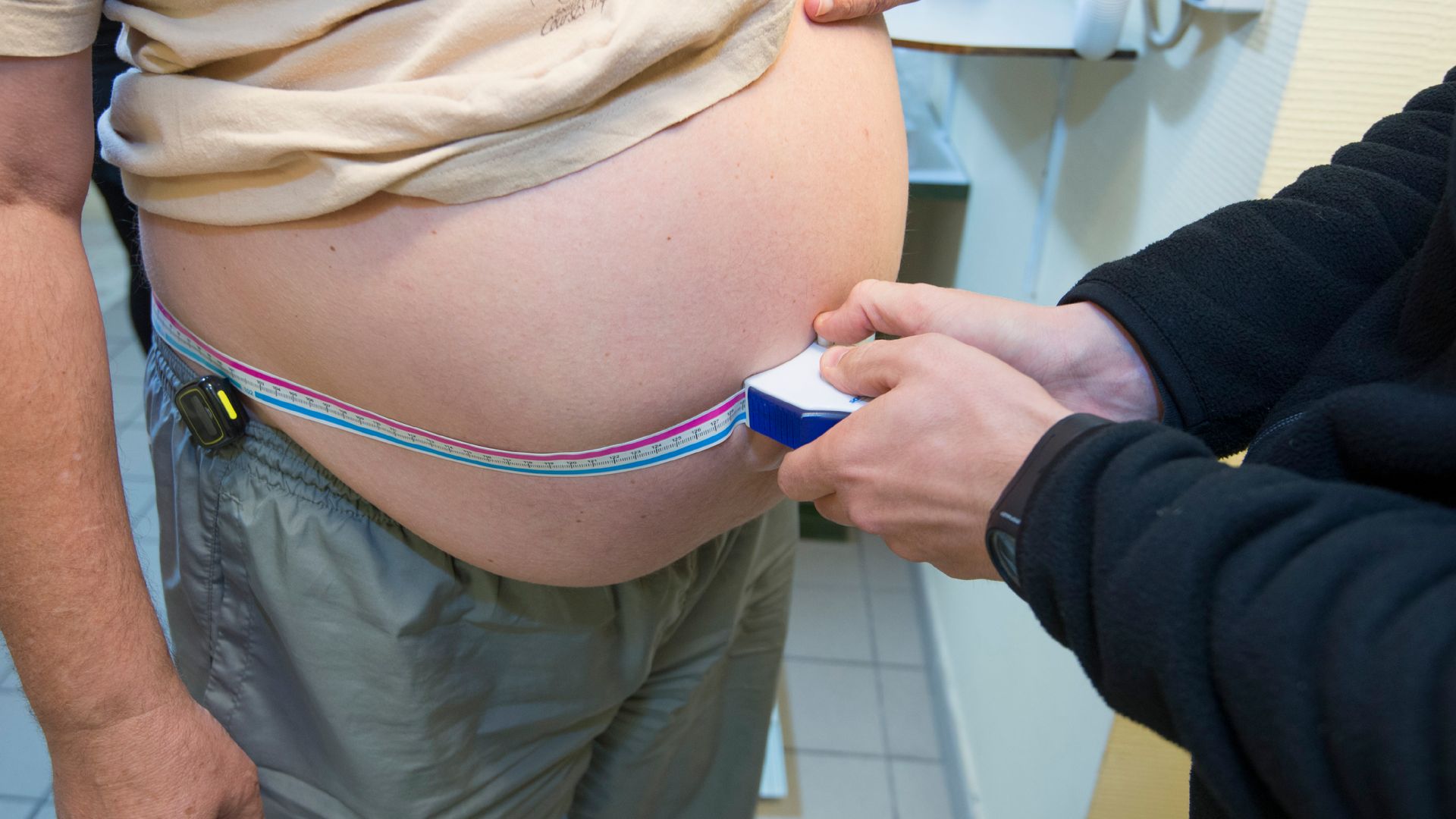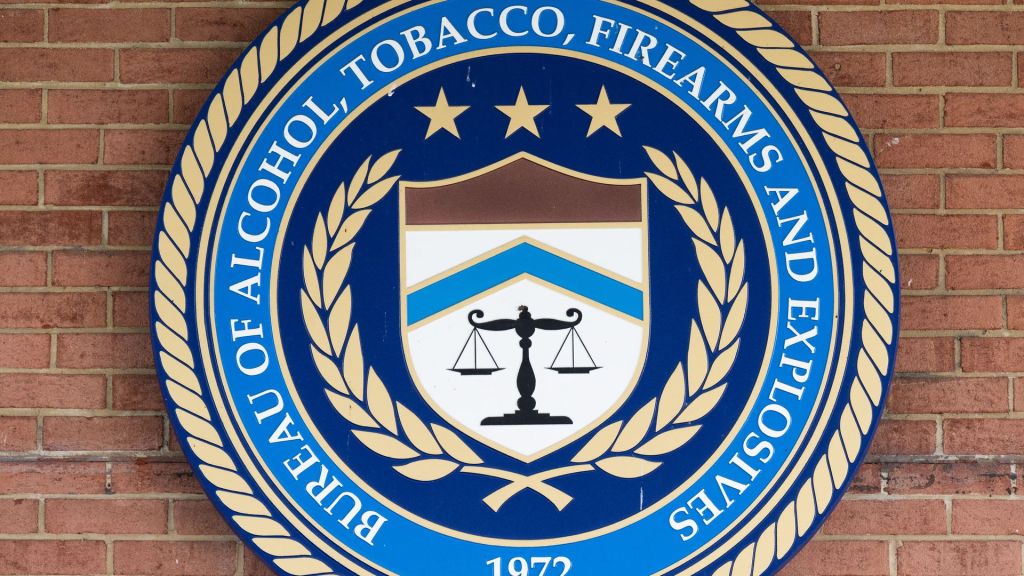
[LAUREN TAYLOR]
FOR DECADES, BODY MASS INDEX HAS BEEN THE STANDARD USED TO MEASURE OBESITY—BUT THAT COULD BE CHANGING. NEW RESEARCH SHOWS THE “BODY ROUNDNESS INDEX” MAY BE MORE ACCURATE.
BMI HAS BEEN AROUND FOR NEARLY TWO CENTURIES BUT GAINED POPULARITY AS THE STANDARD WAY TO ASSESS A PERSON’S BODY FAT IN THE 80S. HOWEVER, IT’S COME UNDER INCREASED SCRUTINY BECAUSE EXPERTS SAY IT DOESN’T LOOK AT HOW MUCH OF A PERSON’S WEIGHT IS FAT OR WHERE IT’S DISTRIBUTED.
ENTER THE BODY ROUNDNESS INDEX.
WHILE BMI ESTIMATES A PERSON’S BODY FAT USING JUST TWO MEASUREMENTS—HEIGHT AND WEIGHT—BRI ALSO INCORPORATES HIP AND WAIST CIRCUMFERENCES.
THOSE MEASUREMENTS HELP ESTIMATE HOW MUCH TOTAL FAT AND VISCERAL FAT SOMEONE HAS. VISCERAL FAT IS A TYPE OF DEEP BELLY FAT THAT SURROUNDS THE ORGANS AND CAN BE MORE HARMFUL TO HEALTH.
BECAUSE MUSCLE IS MUCH DENSER THAN FAT, BMI TENDS TO SKEW HIGHER IN PEOPLE WHO ARE VERY MUSCULAR BUT HAVE LESS BODY FAT, LIKE ATHLETES. ON THE OTHER END OF THE SPECTRUM, HOWEVER, BMI CAN BE UNDERESTIMATED IN OLDER PEOPLE WITH MUCH LESS MUSCLE MASS AND MORE BODY FAT.
THE NEW STUDY USED DATA FROM THE NATIONAL HEALTH AND NUTRITION EXAMINATION SURVEY, COLLECTED FROM AROUND 33,000 AMERICANS OVER NEARLY 20 YEARS.
RESEARCHERS FOUND BRI DID A BETTER JOB CALCULATING A PERSON’S BODY COMPOSITION. AND WHEN RESEARCHERS GRAPHED THE DATA, IT SHOWED A CURVE—MEANING THOSE WHOSE BRI WAS TOO HIGH OR TOO LOW WERE AT A GREATER RISK FOR DEATH.
WHILE THE DATA DOES THE SAME USING BMI, THE VARIATION IN THE MIDDLE OF THE CURVE IS MUCH FLATTER, WHICH CAN MASK THE RISK FOR THOSE WHO ARE CLOSE TO THE TOO HIGH OR TOO LOW RANGE, BUT NOT QUITE THERE.












